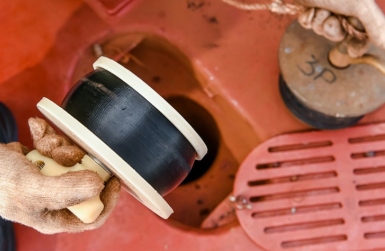
Ireland’s Marine Casualty Investigation Board (MCIB) has released its investigation report on the fire and loss of MFV Suzanne II, east of Arklow, in May 2019. While the exact source of the fire is unknown, the report highlights that the quick response of the crew and their knowledge on when to abandon ship was key to their successful rescue.
On 2 May 2019 the MFV Suzanne II, a fishing vessel, was stopped 30 nautical miles east of Arklow and the crew were taking a break between fishing activities when a crew member observed smoke coming from an engine room vent. The skipper went Continue reading “MFV Suzanne II: MCIB publish report on the fire and loss”








 The
The 
